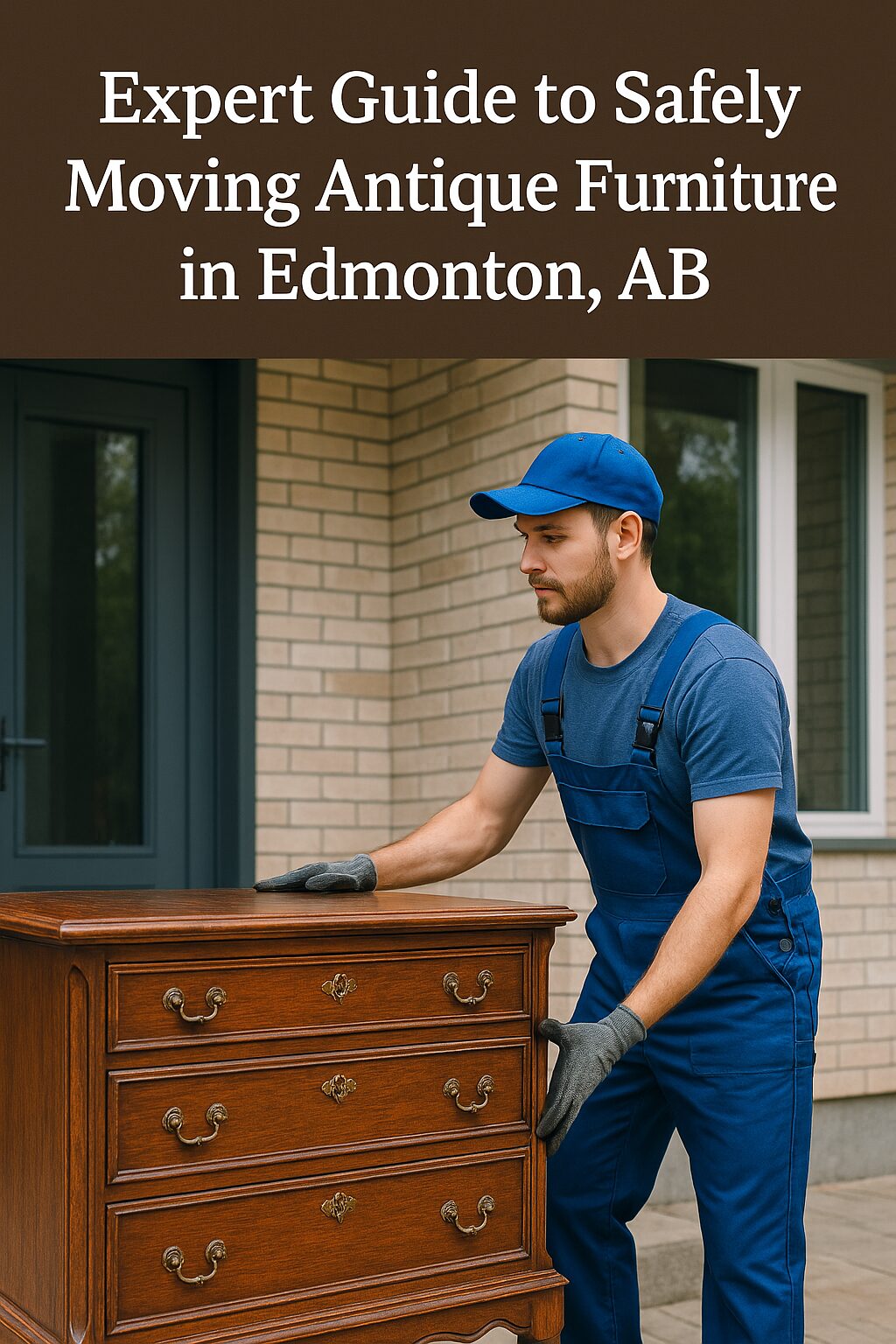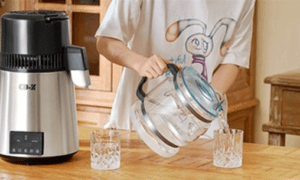Moving antique furniture isn’t just another task on your to-do list—it’s an art that requires precision, patience, and the right expertise. The stakes are high, whether your pieces are family heirlooms or valuable collector’s items. A single misstep during the move can lead to irreversible damage such as warping, splintering, or lost detailing.
Transporting antique furniture safely presents unique challenges in a city like Edmonton with its fluctuating climate and diverse neighborhoods. That’s why it’s crucial to rely on Edmonton movers who specialize in delicate and high-value items.
In this blog, we’ll share expert tips and explore the best practices for moving antique furniture with care and confidence.

What Makes Antique Furniture So Challenging to Move?
1. Delicate Materials and Finishes
Antique furniture is often crafted from materials like aged hardwood, marble, hand-carved components, or upholstered with vintage fabrics. These materials have aged over time, making them more vulnerable to stress, impact, or environmental changes.
Unlike modern furniture, a scratch or chip isn’t easily fixed—and even minor damage can diminish the piece’s historical or financial value.
2. Unusual Shapes and Weight Distribution
Antiques rarely conform to the flat-packed, symmetrical design of today’s furniture. They might feature protruding arms, delicate legs, or built-in mirrors—all of which complicate lifting, wrapping, and loading. Their uneven weight distribution also requires specific handling techniques to avoid tipping or strain damage.
3. Value Beyond the Surface
It’s not just about physical worth—antiques often carry deep sentimental value. Whether it’s a grandfather clock passed down for generations or a rare writing desk from the 1800s, these pieces deserve to be handled with respect and expertise.
Professional Packing: The First Line of Defense
Use Quality Materials
When preparing antique furniture for a move, professional-grade packing materials are non-negotiable. Items like thick moving blankets, foam padding, shrink wrap, and corner protectors are essential to avoid abrasions or stress cracks during transport.
Protecting Fragile Features
Start by wrapping delicate components—think handles, glass panes, or decorative trim—with soft padding, then secure them with bubble wrap. Avoid using tape directly on any surface; even low-adhesive types can strip varnish or paint.
To Disassemble or Not to Disassemble?
While some furniture can be safely disassembled to make transport easier, antiques often lose their structural integrity when taken apart. A professional antique mover will evaluate each piece individually, determining whether disassembly is safe or necessary.
Documentation for Peace of Mind
Before the move, take clear photographs of each item from multiple angles. This documentation will help if you need to file an insurance claim and also provides a helpful reference when reassembling or inspecting items after delivery.
Moving Day: Specialized Techniques for Antique Transport
Climate Considerations
Edmonton’s climate is unpredictable. Freezing winters and warm summers can wreak havoc on older materials—wood expands and contracts with humidity, and delicate fabrics can become brittle. For this reason, many reputable antique movers offer climate-controlled transport to preserve your furniture in optimal conditions.
Loading and Securing in the Moving Truck
Antique furniture should never be packed like ordinary items. Professional movers use straps, custom crating, and non-slip mats to keep pieces from shifting during transit. The placement of each item in the truck is strategically planned to prevent compression or tipping over rough terrain or potholes.
Protecting Against Vibration and Impact
One of the major risks in transit is constant vibration. Over time, this can loosen joints or damage fragile finishes. That’s why experienced movers often use shock-absorbent padding and secure items away from walls or heavy objects that might fall or slide.
Common Mistakes to Avoid
Choosing the Wrong Movers
Not all moving companies are equipped to handle antiques. A general mover may lack the knowledge or tools needed to preserve the condition of vintage items. Always ask for their experience with antiques and request references if possible.
Skipping Insurance
Even the most skilled movers can’t prevent every mishap. Always ensure your antique furniture is fully insured during transit. Some specialty movers offer tailored insurance options for high-value items, providing peace of mind in case of unexpected events.
Poor Lifting Practices
Dragging a chair leg or lifting a dresser from the top instead of the base can spell disaster for antique furniture. Trained movers know how to distribute weight evenly and use equipment like dollies and lifting straps to prevent strain or structural damage.
How to Choose the Right Antique Furniture Movers in Edmonton
Looking for expert antique movers in Edmonton? Here’s what to check for:
- Experience with antiques: Ask if they’ve moved items similar to yours.
- Specialized equipment: Ensure they use climate-controlled trucks, custom crates, and proper lifting gear.
- Positive customer reviews: Look for reviews mentioning antique or fragile item moves.
- Insurance coverage: Confirm they offer insurance specifically tailored to antiques.
Why Trust Professionals Movers?
If you’re seeking a reliable, knowledgeable team to handle your antique furniture in Edmonton, professional movers have you covered. With years of experience and a reputation for meticulous service, we offer:
- Climate-controlled transport
- Custom packing and crating
- Trained, insured movers
- Comprehensive inventory and condition reporting
Whether you’re moving across town or planning a long-distance relocation in Edmonton, our team treats each piece with the care and attention it deserves.
Final Thoughts: Don’t Risk It—Move Antiques the Right Way
Moving antique furniture isn’t a DIY job. The risks are too high, and the damage can be irreversible. Whether it’s a cherished heirloom or a rare collectible, trust professionals who understand how to handle your antiques with the skill and respect they demand.


































